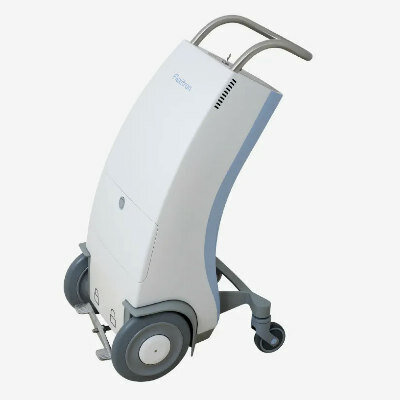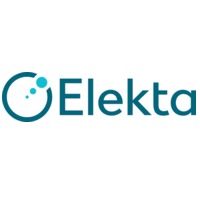Method Devised for Enhancing Chemical Exchange Saturation Transfer MRI
By MedImaging International staff writers
Posted on 21 May 2013
Researchers have created an innovative way to enhance magnetic resonance imaging (MRI) by reducing interference from large macromolecules that can frequently obscure images generated by current chemical exchange saturation transfer (CEST) techniques. Posted on 21 May 2013
The research, which was published May 2013 in the journal Scientific Reports, has the potential to improve MRI for cartilage as well as for brain tissue. “We have found a way to eliminate signals of certain molecules and thereby clean up the image of parts of the body that could be used by medical professionals in order to make diagnoses,” explained Dr. Alexej Jerschow, a professor in New York University’s (NYU; New York, NY, USA) department of chemistry.
The scientists’ goal is to enhance decade-old technology, chemical exchange, which has been used to enhance MRI techniques. Under this approach, scientists exploit the movement of atoms from their natural molecular structure to water in the body in order to enhance their visibility. However, these efforts have frequently been hampered by the presence of macromolecules, which continue to hide the smaller molecules that are of interest to clinicians and other healthcare professionals in making assessments. The macromolecules’ interference is the result of two phenomena: their size and their frequencies.
Neutralizing the macro-molecular frequency interference was the focus of the NYU method reported in Scientific Reports recently. Earlier, Drs. Jerschow, Regatte, and colleagues created a noninvasive imaging technique for glycosaminogycans (GAGs), which are molecules that act as the building blocks of cartilage and are involved in numerous vital functions in the human body. Here, under chemical exchange, they separated out the GAG protons from those of water, creating an inherent contrast agent. Testing the idea in tissue samples, the researchers found that the available GAG protons provided an effective type of contrast enhancement, allowing them to readily monitor GAGs through a clinical MRI scanner.
In this study, the researchers again focused on improving visibility of GAGs through MRI. But, in this effort, they sought to block the signaling impact of the macromolecules that obscure the observation of GAGs. To achieve this, they took advantage of macromolecules’ broad frequency spectrum—a trait that allows for easy detection and neutralization. Specifically, the researchers could, in effect, “bleach” the signal out by simultaneously using multiple irradiation frequencies. As a result, macromolecular interference diminished and enhanced the quantitative assessment of GAGs.
“This method gives us the opportunity to correct existing CEST methods by focusing on molecular signals of interest with much better precision than currently exists,” explained Dr. Regatte.
Related Links:
New York University














